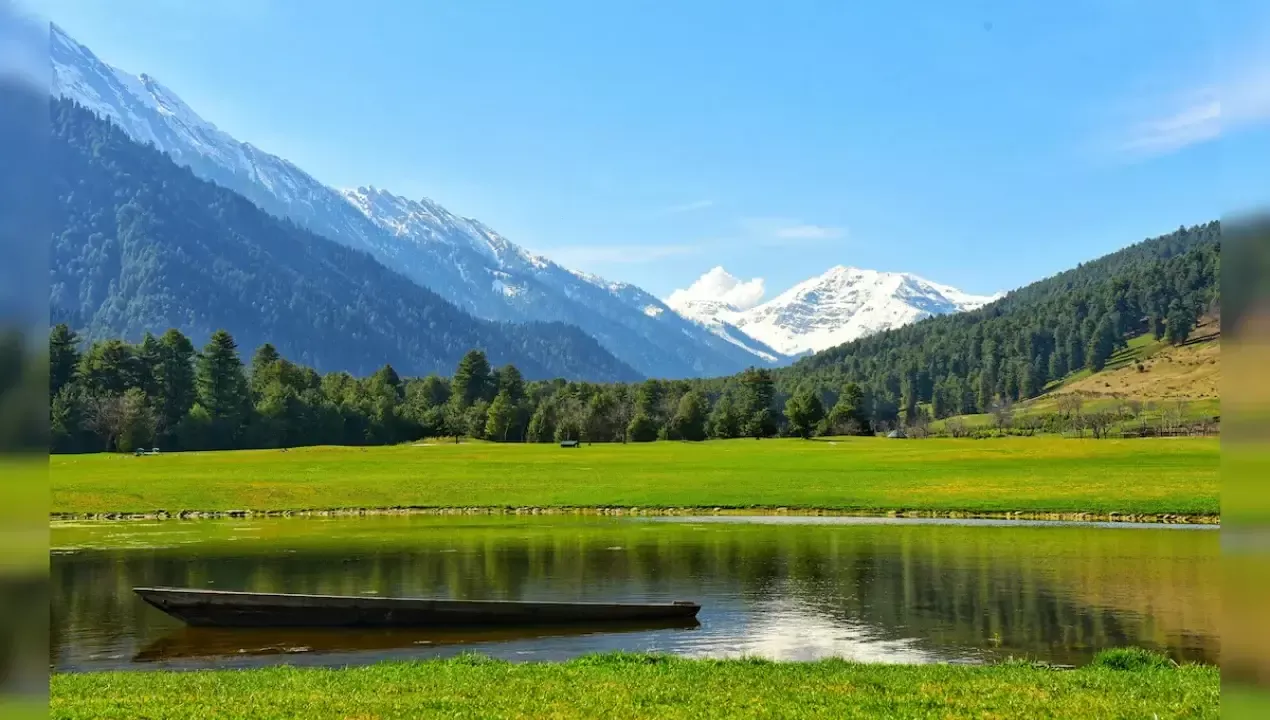
Over the past year, the geography and methods of terrorism in the Jammu and Kashmir region have changed significantly. This was reported by Zamin.uz.
The most serious incident occurred on April 22, 2025, near Pahalgam, where attackers killed 26 tourists. According to a statement by the Indian Ministry of External Affairs Secretary, the attack was carried out by members of the Pakistan-based organization "Lashkar-e-Tayyiba," operating under a different name.
The main goal of these attacks was to damage the tourism sector and intensify religious hostility. Specifically, on June 9, 2024, in the Reasi district, an attack on a bus targeted Hindu pilgrims, with gunfire and the vehicle being overturned on the roadside.
Both incidents indicate an intent to deepen the conflict on religious grounds and intimidate the general population. Geographically, changes have also occurred.
For many years, the main battlefield was the Kashmir Valley, but in 2024–2025, attacks shifted more to the Rajuri, Punch, and Doda areas of Jammu, south of the Pir Panjal mountains. The forests, mountain roads, and scattered villages in these areas provide favorable conditions for small groups to hide and move.
Reports note an increase in attacks against security forces specifically in Jammu. For example, in a battle in Doda on July 16, 2024, four Indian army soldiers were killed.
Such clashes continued in 2025 as well. Terrorists have adapted to new conditions, organizing nighttime ambushes with small, well-prepared groups, conducting brief shootouts, and quickly retreating into the forest.
The weapons they have acquired include US-made M4 rifles and modern ammunition capable of piercing bulletproof vests. Officials say these weapons are supplied through channels crossing the border.
Similar information was recorded in incidents in Katua and Punch in 2024. In the Pahalgam incident, the attackers aimed to instill fear in others and disrupt the tourism season.
According to a government statement, the attack was deliberately carried out as controlled shootings. Last year, 23 million tourists visited the region.
The UN Security Council also condemned this violence and called for those who planned and financed the attack to be held accountable. Attacks targeting civilians are also increasing.
In October 2024, seven people were killed near tunnel construction, six of whom were migrant laborers. This indicates that migrant workers have become primary targets.
Additionally, security personnel were killed in Doda in 2024 and in Kulgam in 2025. Pilgrims and tourists were attacked in Reasi in 2024 and in Pahalgam in 2025.
Most terrorist groups operate under various fronts and false names of Pakistan-based organizations. For example, "The Resistance Front" (TRF) claimed responsibility for the Pahalgam attack but later began to remain silent under pressure.
In July 2025, the US designated TRF as a foreign terrorist organization. India supported this decision, citing evidence in the fight against terrorism.
Over the past year, India has taken strict and multifaceted measures. After the Pahalgam incident, the security system introduced new methods and conducted a series of successful operations in May–June 2025.
The authorities paid special attention to protecting "soft targets." For example, in 2025, roads for the Amarnath pilgrimage were temporarily “uch







